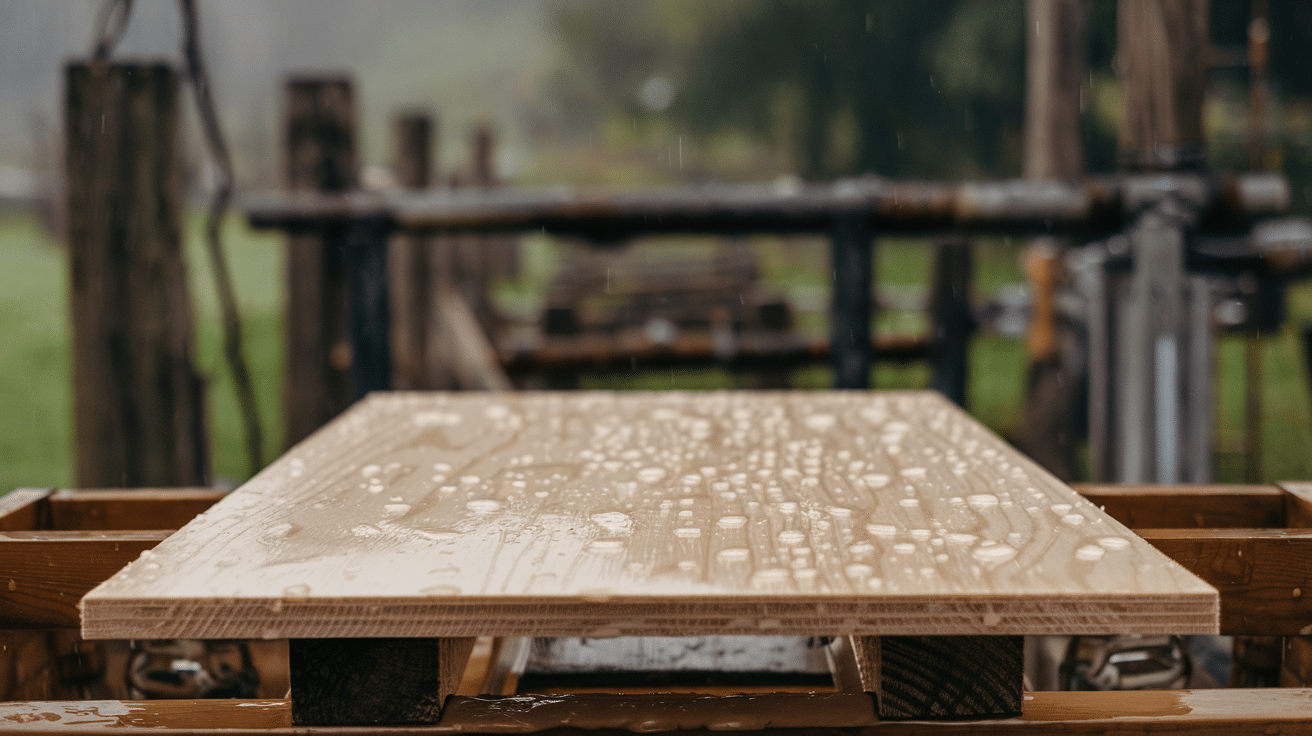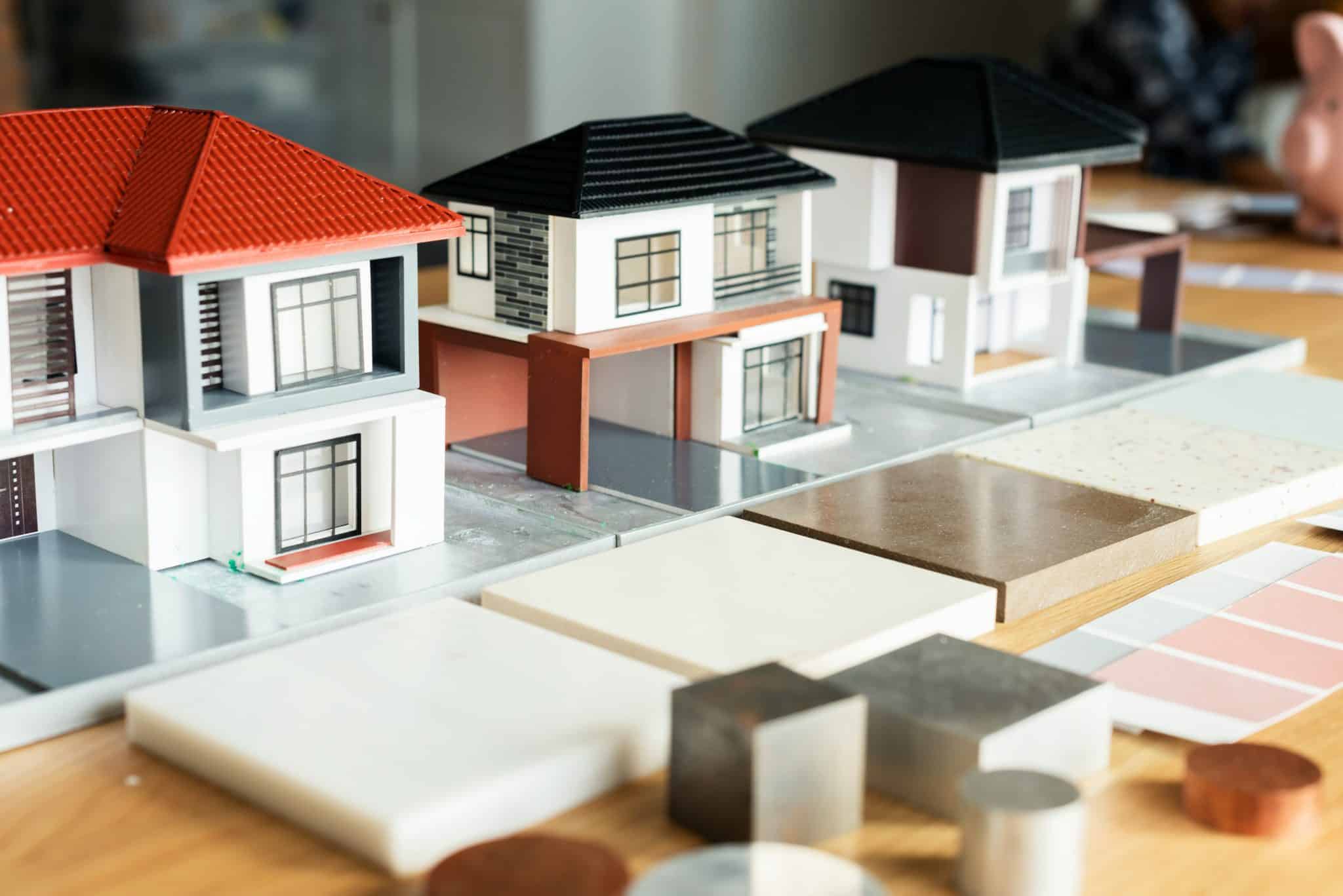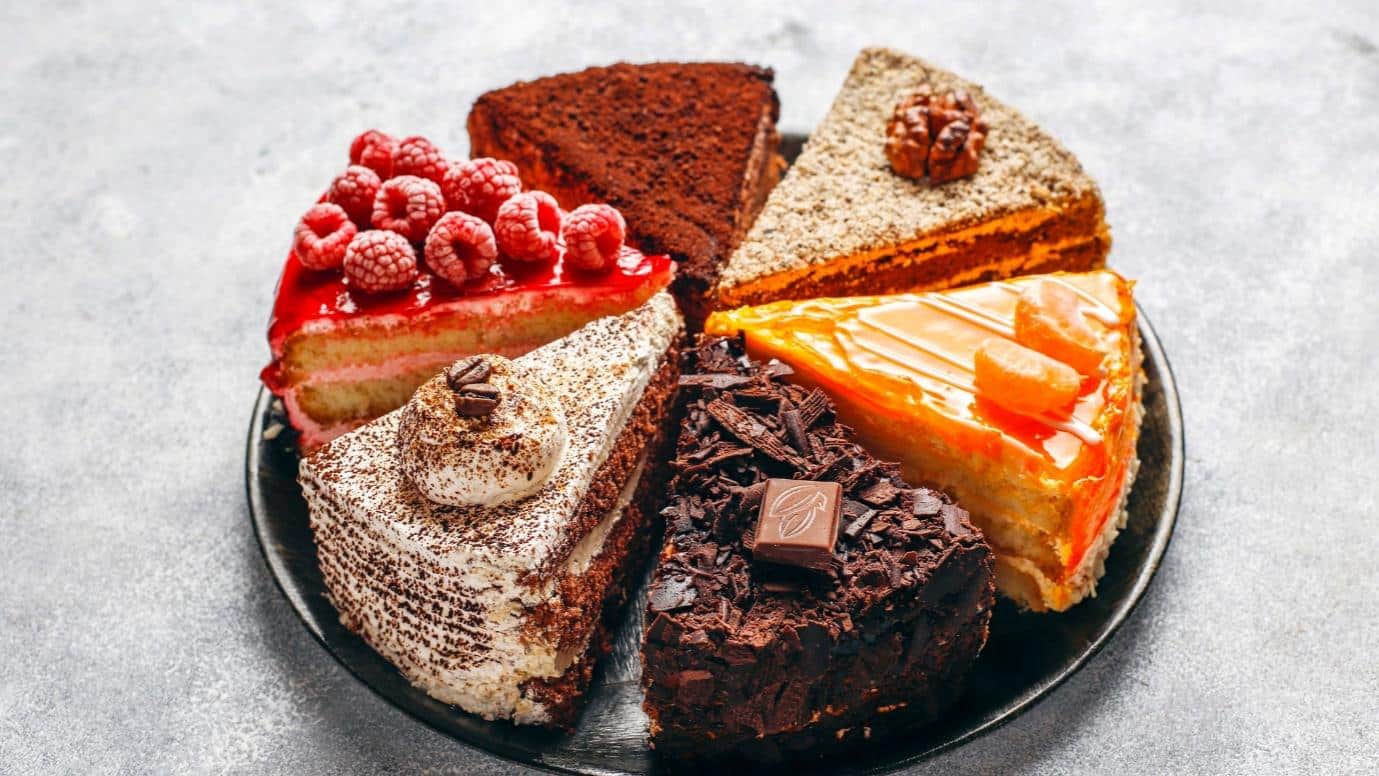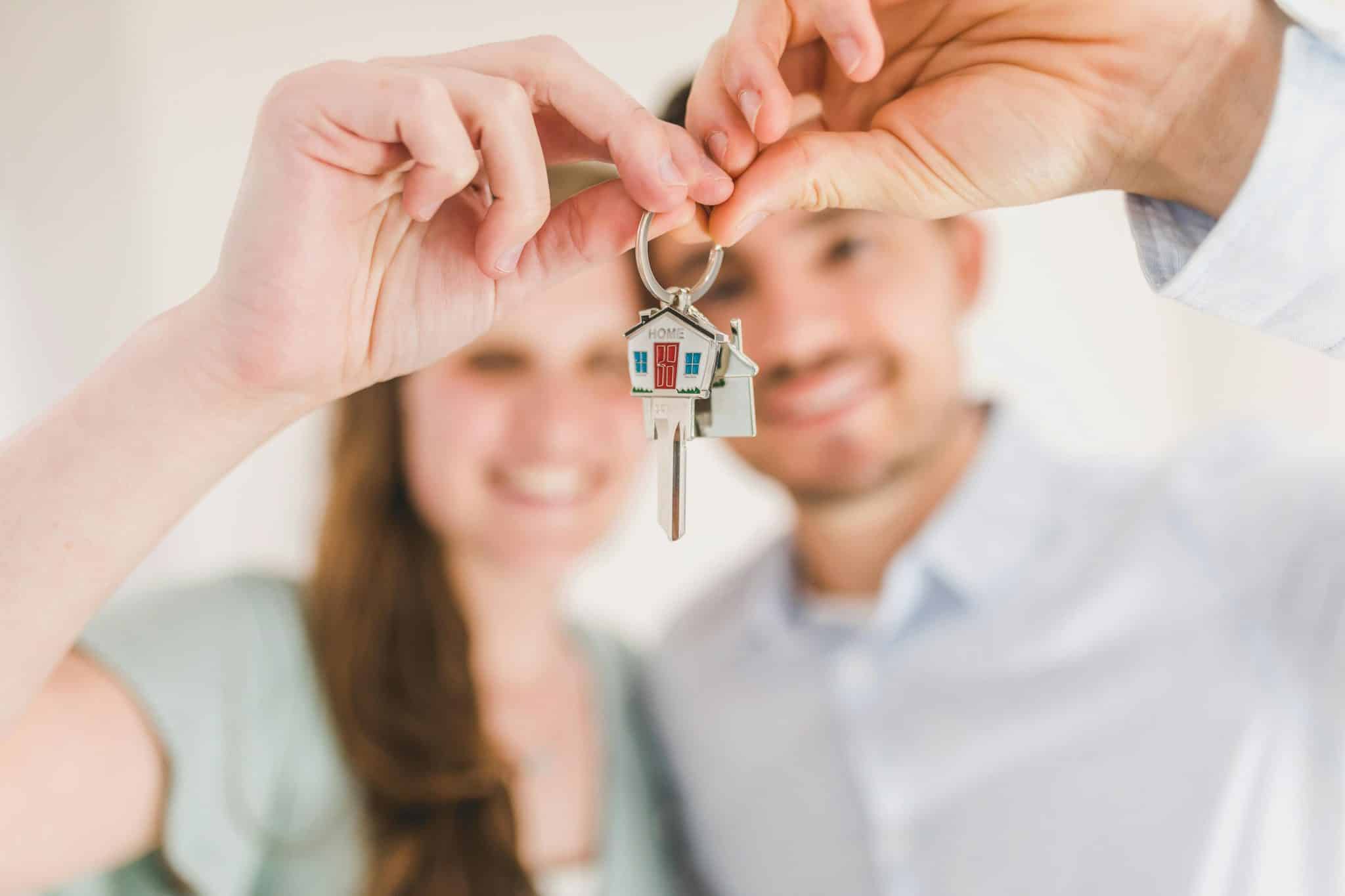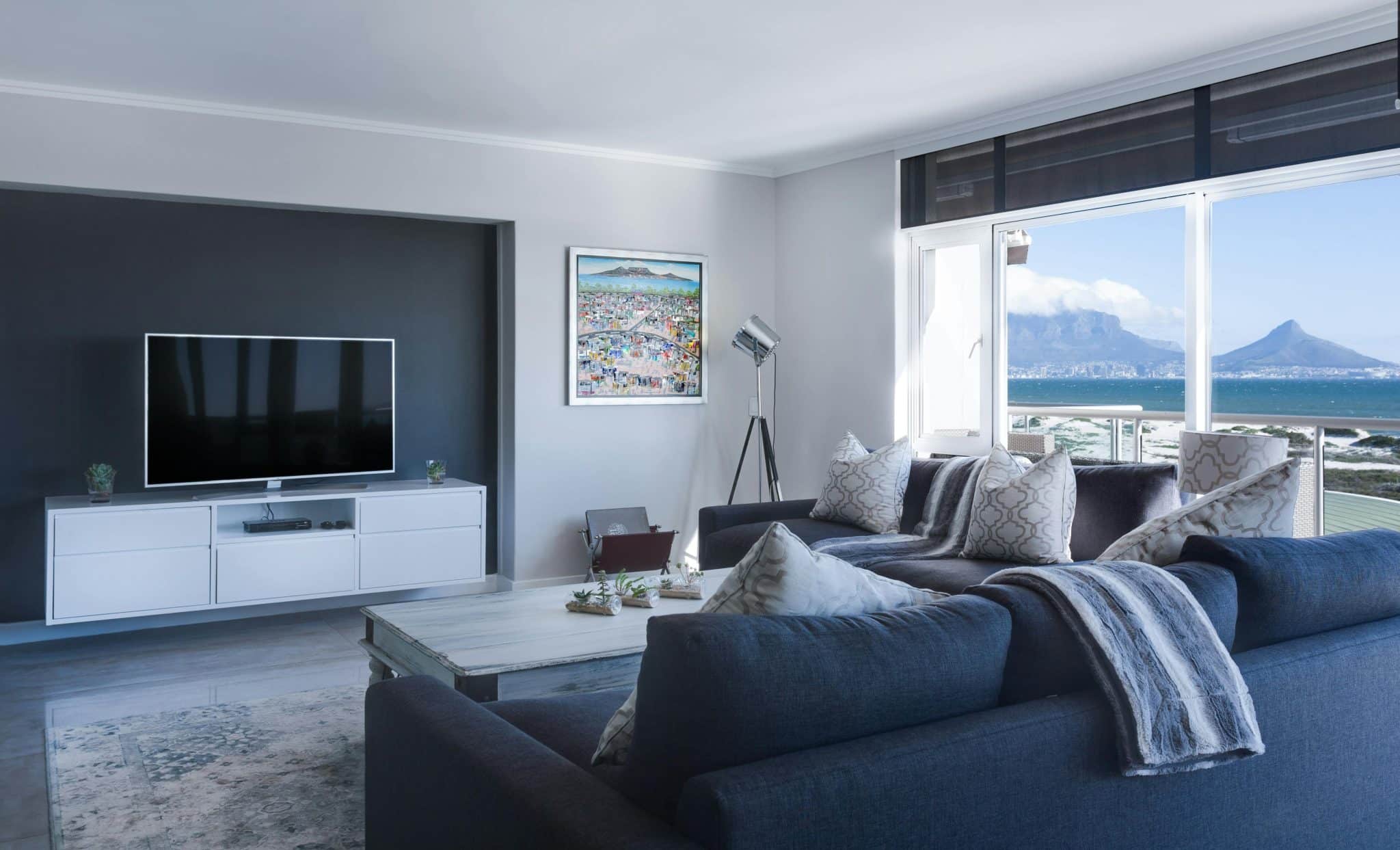Standing water on your plywood deck? Sudden rain during your outdoor build? Don’t panic—yet. Plywood can handle moisture, but only up to a point.
Every day, countless DIYers and professionals face this exact situation, wondering if their materials are ruined. The reality? Plywood and water have a complicated relationship.
While a quick splash won’t destroy your project instantly, extended moisture exposure certainly will.
Understanding this relationship is the difference between a long-lasting creation and a warped, moldy mess that needs replacement within months.
The Hidden Damage of Moisture on Plywood
When plywood is exposed to water or high humidity, several issues can occur:
-
Swelling: Water causes wood fibers to absorb moisture and expand, increasing the overall dimensions of the sheet.
-
Delamination: Water weakens the glue bonds between layers, causing them to separate.
-
Warping: Uneven moisture absorption causes the plywood to twist out of its original flat shape.
-
Mold and Mildew Growth: Damp conditions provide an ideal environment for mold and mildew.
-
Structural Weakness: Wet plywood loses significant strength—up to 50% of its load-bearing capacity.
Plywood Types and Their Moisture Resistance Levels
Different types of plywood offer varying levels of moisture resistance:
| PLYWOOD TYPE | WATER RESISTANCE LEVEL | BEST USED FOR |
|---|---|---|
| Interior Grade | Low | Indoor furniture, walls |
| Exterior Grade | Medium | Outdoor projects (painted/sealed) |
| Marine Grade | High | Boats, docks, humid areas |
| Pressure-Treated | Very High | Outdoor decks, fences |
Interior-grade plywood should only be used for indoor applications where it won’t encounter significant moisture.
Exterior-grade plywood works well for outdoor projects that will be properly painted or sealed. Marine-grade plywood features special water-resistant glues and fewer voids between layers.
Pressure-treated plywood provides the highest water resistance for outdoor structures.
Plywood vs OSB: Which Is Better for Moisture?
Plywood and OSB (Oriented Strand Board) are often compared for construction projects, but their performance in wet conditions is very different.
Plywood generally handles moisture much better than OSB. It dries faster when wet, swells less, and maintains its shape better over time. OSB tends to absorb water along its edges, causing significant swelling and longer drying times.
| FEATURE | PLYWOOD | OSB (ORIENTED STRAND BOARD) |
|---|---|---|
| Water Resistance | Moderate to High (based on grade) | Low to Moderate |
| Drying Time | Fast | Slow, holds moisture longer |
| Swelling | Minimal | Significant at edges |
| Cost | Higher | More budget-friendly |
How Fast Does Water Damage Plywood?
The timeline for water damage depends on several key factors. The type of plywood makes a significant difference—marine grade resists moisture much longer than interior grade.
Thickness plays a role, too, as thicker sheets generally hold up better than thinner ones. Environmental conditions matter, with warm, humid settings speeding up the damage process.
For most standard plywood, noticeable swelling begins within hours of water exposure. Structural damage and delamination may occur after 1-3 days of constant moisture.
After a week of being wet, most plywood shows irreversible damage and significant strength loss.
Shield Your Investment: Moisture Protection Strategies
Protect your plywood projects from water damage with these strategies:
-
Waterproof Sealants: Apply multiple coats to all surfaces for maximum protection.
-
Paint: Use exterior-grade paints with waterproofing qualities.
-
Edge Sealing: Cover exposed edges to prevent moisture absorption, as they absorb water up to 70 times faster than flat surfaces.
-
Waterproof Glue: Use waterproof glue for joints to prevent breakdown.
-
Elevation: Keep plywood elevated from the ground to avoid standing water and ensure good air circulation.
Costly Blunders: Top Mistakes with Wet Plywood
Avoid these common mistakes to keep your plywood strong and long-lasting:
1. Forgetting to Seal Edges
The edges of plywood are the most vulnerable areas, absorbing water much faster than flat surfaces. Left unsealed, they can quickly swell, delaminate, and cause long-term damage. Always apply a waterproof sealer or paint to the edges before installation, especially for outdoor or damp-area use.
2. Using Interior Plywood Outdoors
Interior-grade plywood lacks the waterproof glue and durability needed for exterior conditions. Using it outside can result in rapid deterioration once it’s exposed to rain or humidity. Always choose exterior, marine, or pressure-treated plywood for outdoor builds.
3. Drying Plywood Too Fast
It might be tempting to dry wet plywood using heaters or by stacking it tightly, but this can trap moisture inside. Uneven drying can cause warping or even mold growth. The best method is slow, natural drying with plenty of airflow around each sheet.
4. Painting Wet Plywood
Painting plywood before it’s completely dry is a common mistake. Moisture gets sealed inside, causing peeling paint, mold growth, and wood rot over time. Always allow plywood to dry fully—sometimes over several days—before applying paint or sealant.
5. Skipping Primer Before Painting
Primer does more than improve paint adhesion — it also helps block moisture. Skipping this step, especially for outdoor projects, leaves plywood vulnerable. Use a high-quality exterior primer as your first protective layer before painting.
Rescue Mission: Can Wet Plywood Be Saved?
Wet plywood isn’t always a lost cause. If caught early, it can often be salvaged with proper care. The first step is to move the affected plywood to a dry, well-ventilated area.
If there’s access to sunlight, let it air out naturally. Using fans, heaters, or dehumidifiers can help speed up the drying process, especially in humid environments.
Avoid stacking the sheets directly on top of each other—space them out so that air can circulate freely.
If the plywood has only minor warping, placing heavy weights or using clamps while it dries can help restore its flat shape.
Once it’s fully dry, light sanding can smooth out raised areas or surface imperfections. Make sure the moisture is completely gone before attempting to refinish or reinstall it.
However, not all wet plywood is worth saving. If you notice large areas of delamination, crumbling layers, or a soft, weak feel when pressed, it’s best to replace the damaged sections.
For pieces that are still strong but were affected on the surface, a water-resistant finish or sealant should be applied to prevent future issues.
Beyond Plywood: Better Options for Wet Environments
For projects facing significant moisture challenges, consider these alternatives:
| Material | Key Benefits | Best Use Case | Notes |
|---|---|---|---|
| MDF with Waterproof Coating | Smooth surface, affordable | Indoor cabinets, bathroom vanities | Must stay indoors; not for heavy moisture exposure. |
| PVC Board | Fully waterproof, lightweight, mold-resistant | Outdoor furniture, wall panels, trim | Great for wet and humid climates. Easy to cut and install. |
| Fiber Cement Board | Extremely durable, water & fire-resistant | Wet walls, exterior siding, bathrooms | Heavy material; excellent for high-moisture areas. |
| Pressure Treated Lumber | Long-lasting, rot & insect resistant | Outdoor decks, fencing, structural framing | Requires maintenance; ideal for ground contact and outdoor structures. |
Each alternative has specific advantages for moisture-prone applications, often providing better long-term performance than standard plywood in wet conditions.
Conclusion
Your plywood project doesn’t have to suffer from water damage. The right material, matched with proper protection, creates resilient structures that withstand time and weather.
Choose your plywood grade wisely based on moisture exposure. Then seal thoroughly, focusing extra attention on those vulnerable edges where water sneaks in first.
Remember: a few extra minutes applying quality sealant today saves hours of repairs tomorrow.
With these simple steps, that bookshelf, shed, or outdoor kitchen can shrug off occasional water contact for years to come. Water happens, but with the right approach, your plywood projects can handle it.
Frequently Asked Questions
How Long Can Plywood Be Exposed to Rain?
Plywood can handle rain for a few hours, but after 1-2 days, it may start to swell or warp. Dry it as soon as possible to avoid damage.
Is Plywood Ok for Outdoor Use?
Yes, plywood is okay for outdoor use—but only if it’s exterior-grade, marine-grade, or pressure-treated. These types are designed to resist moisture and last longer in outdoor conditions.
How Long Does Wood Take to Dry After Rain?
Wood typically takes 1 to 3 days to dry after rain, depending on thickness, weather conditions, and airflow. Thicker wood or high humidity may extend drying time.

